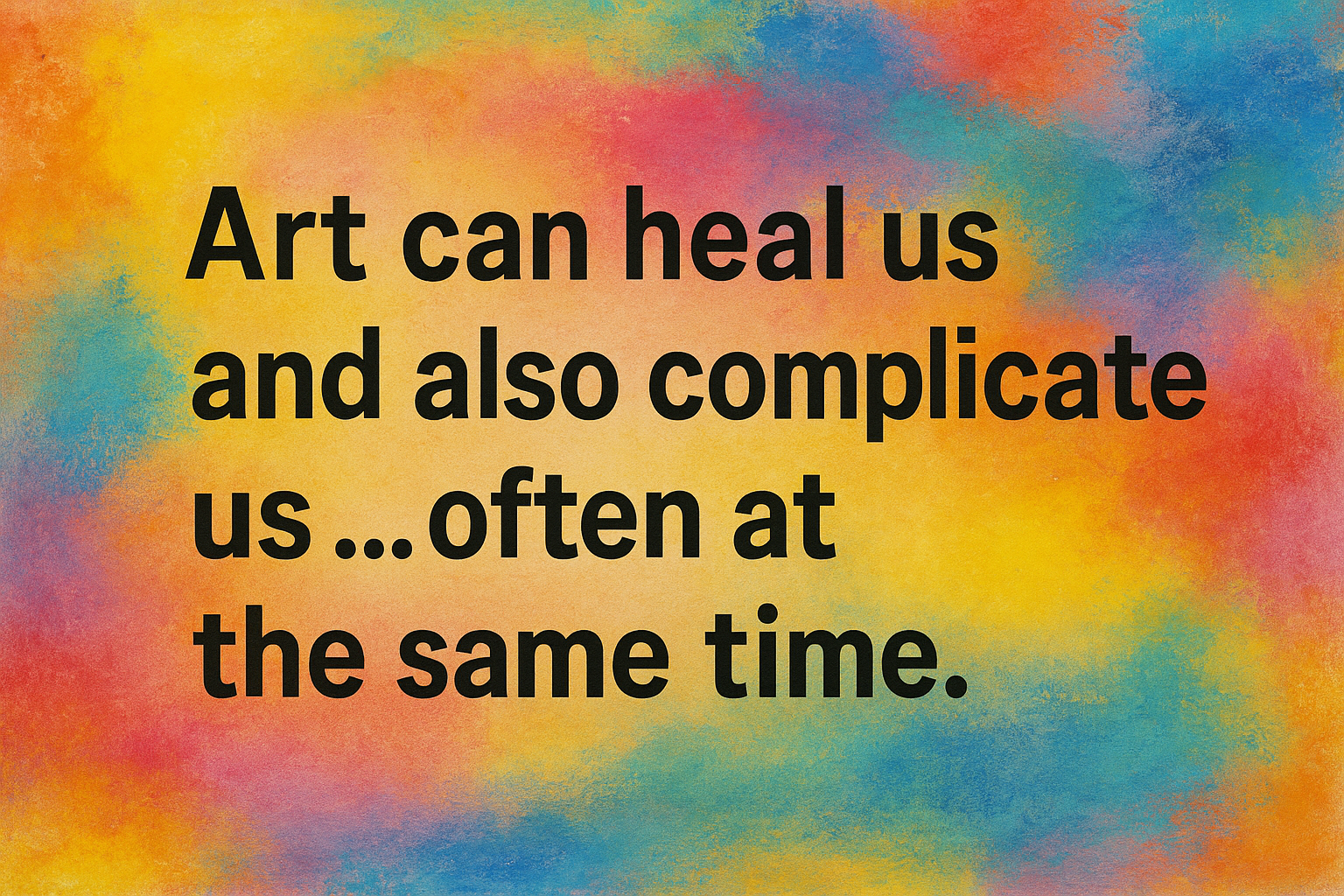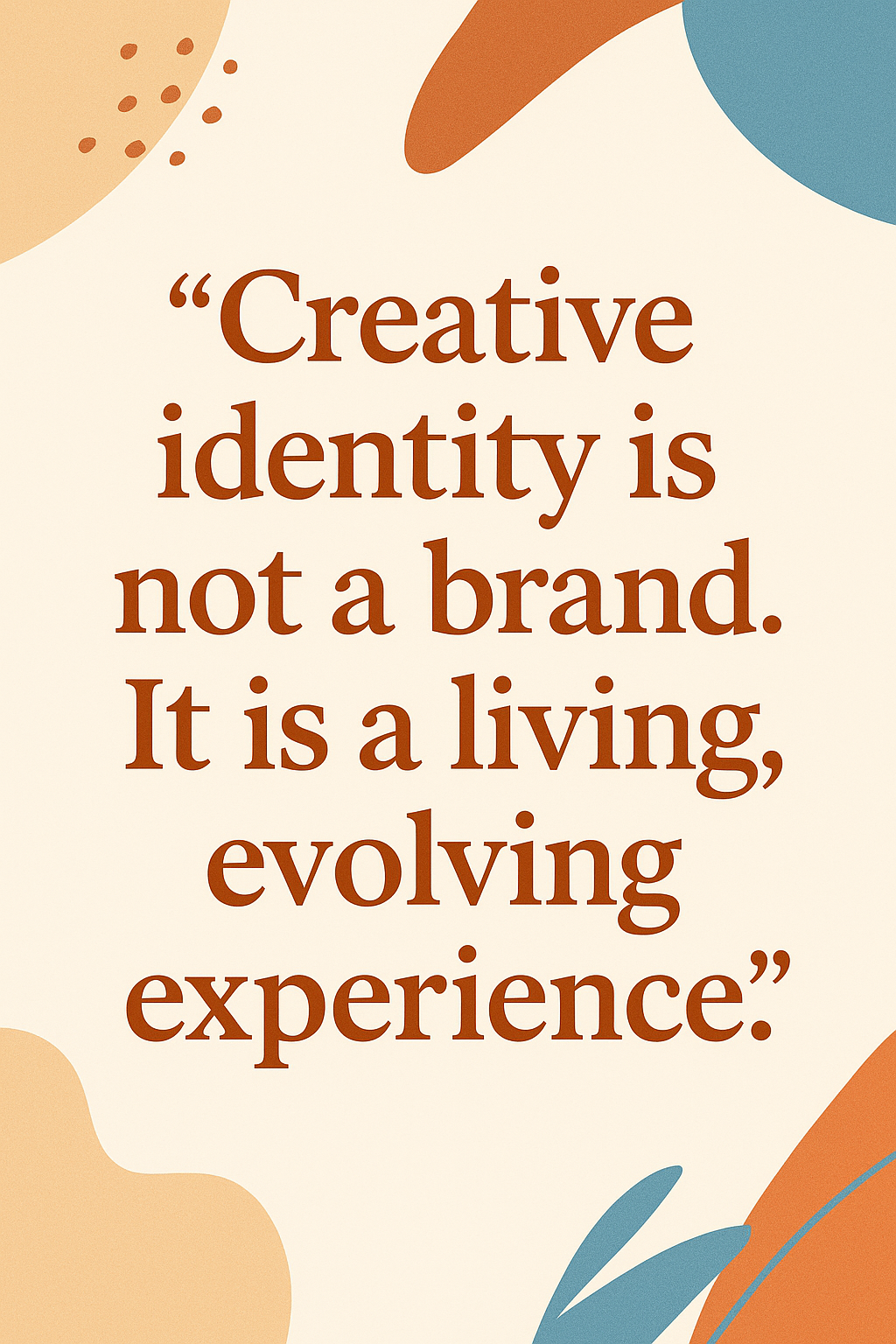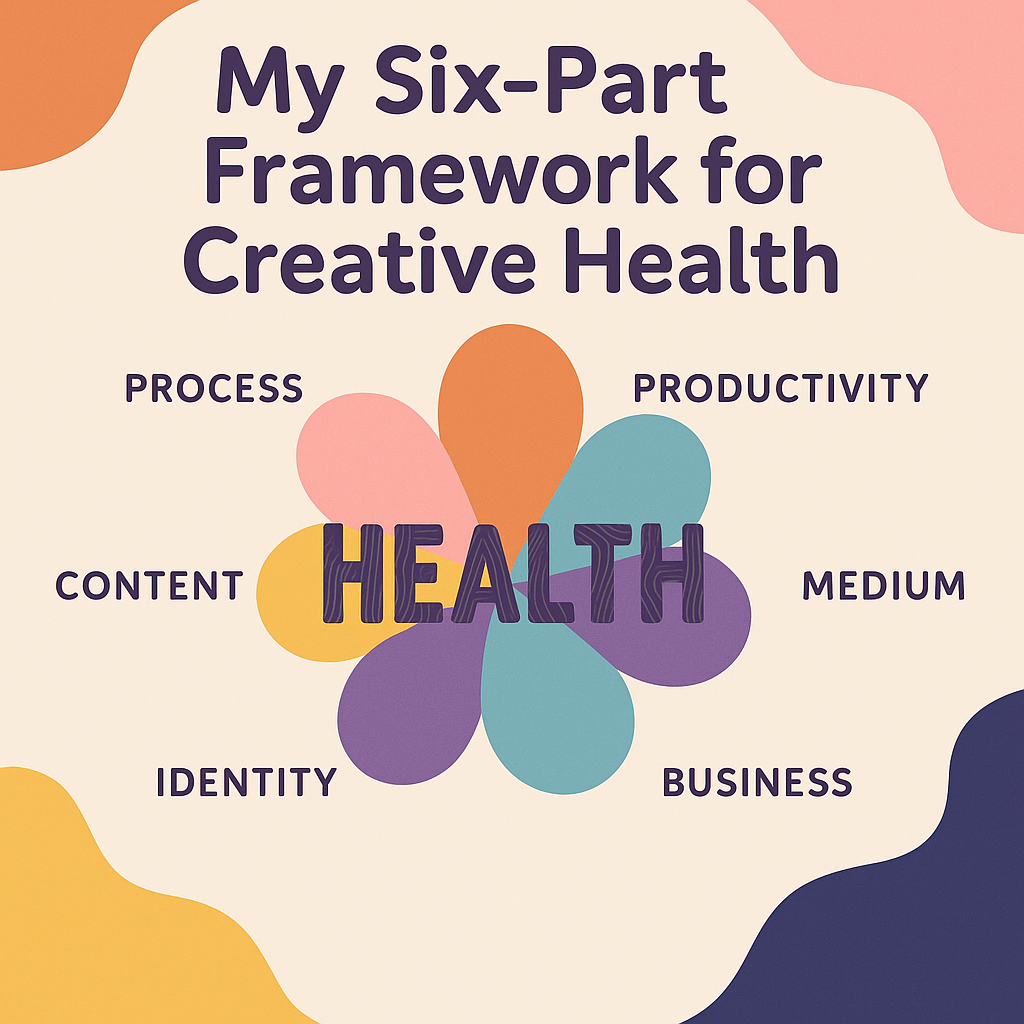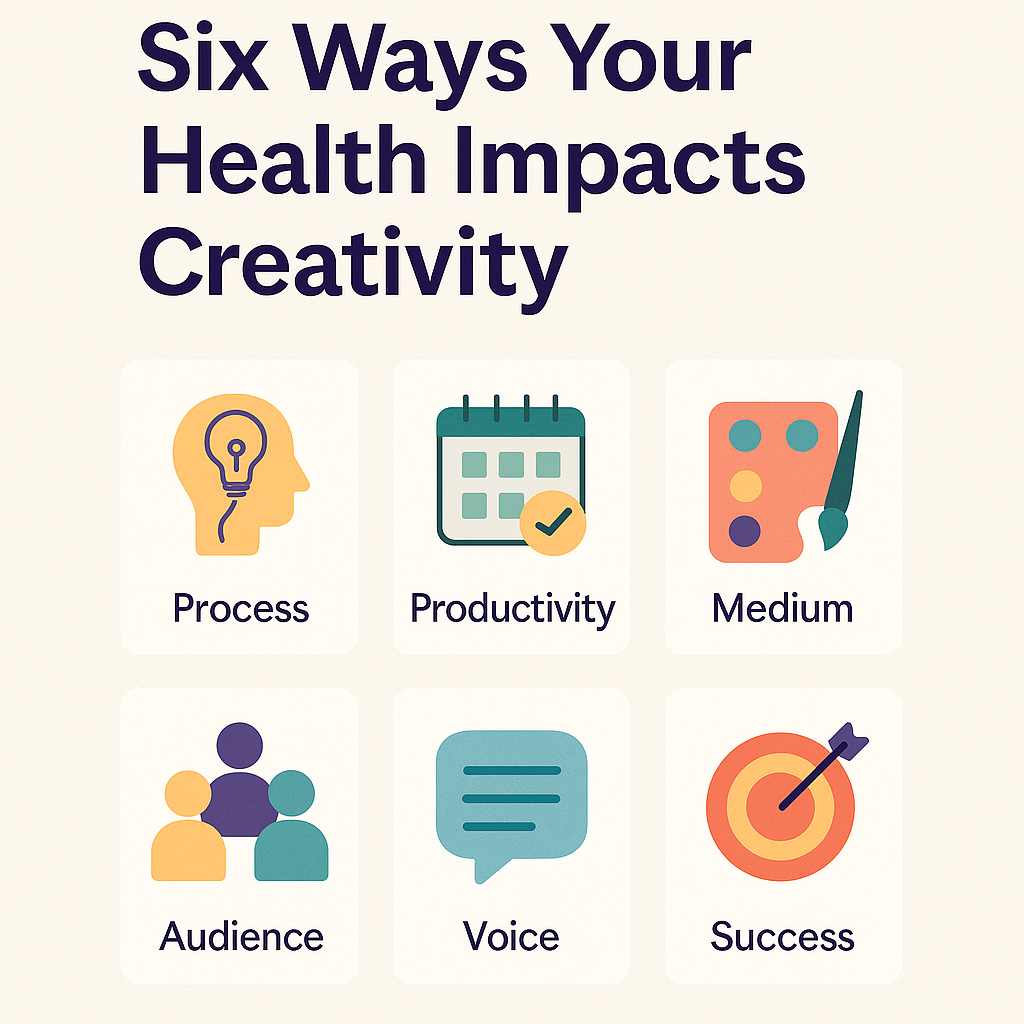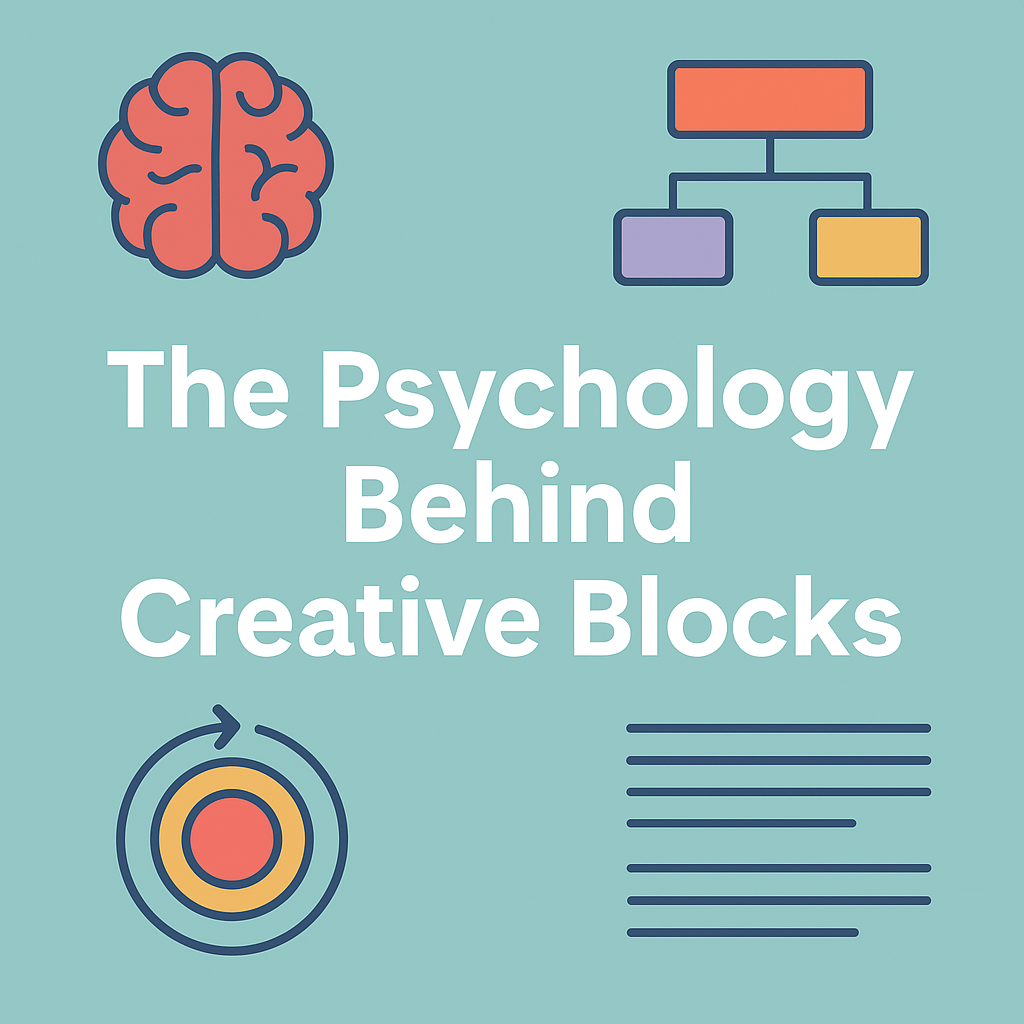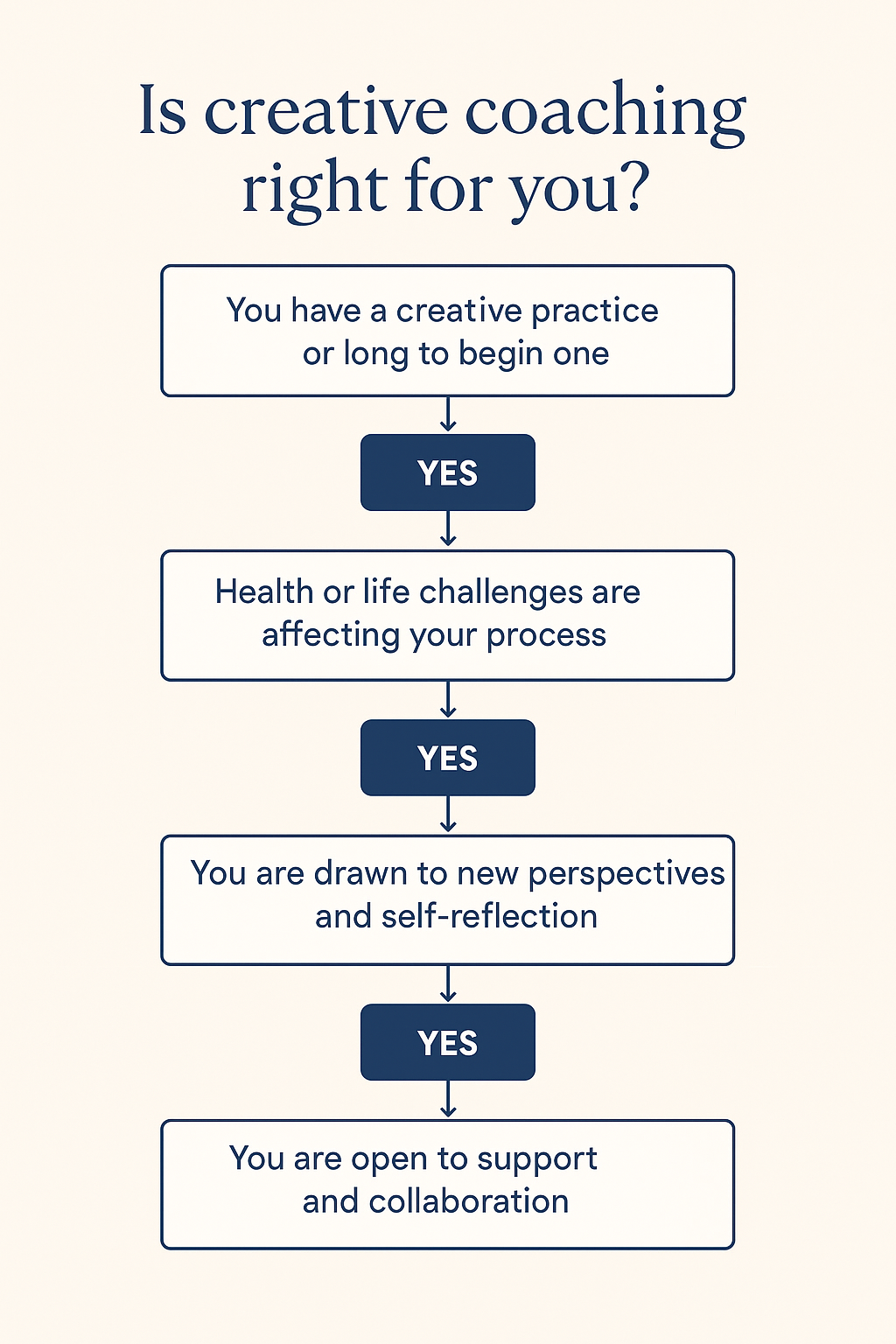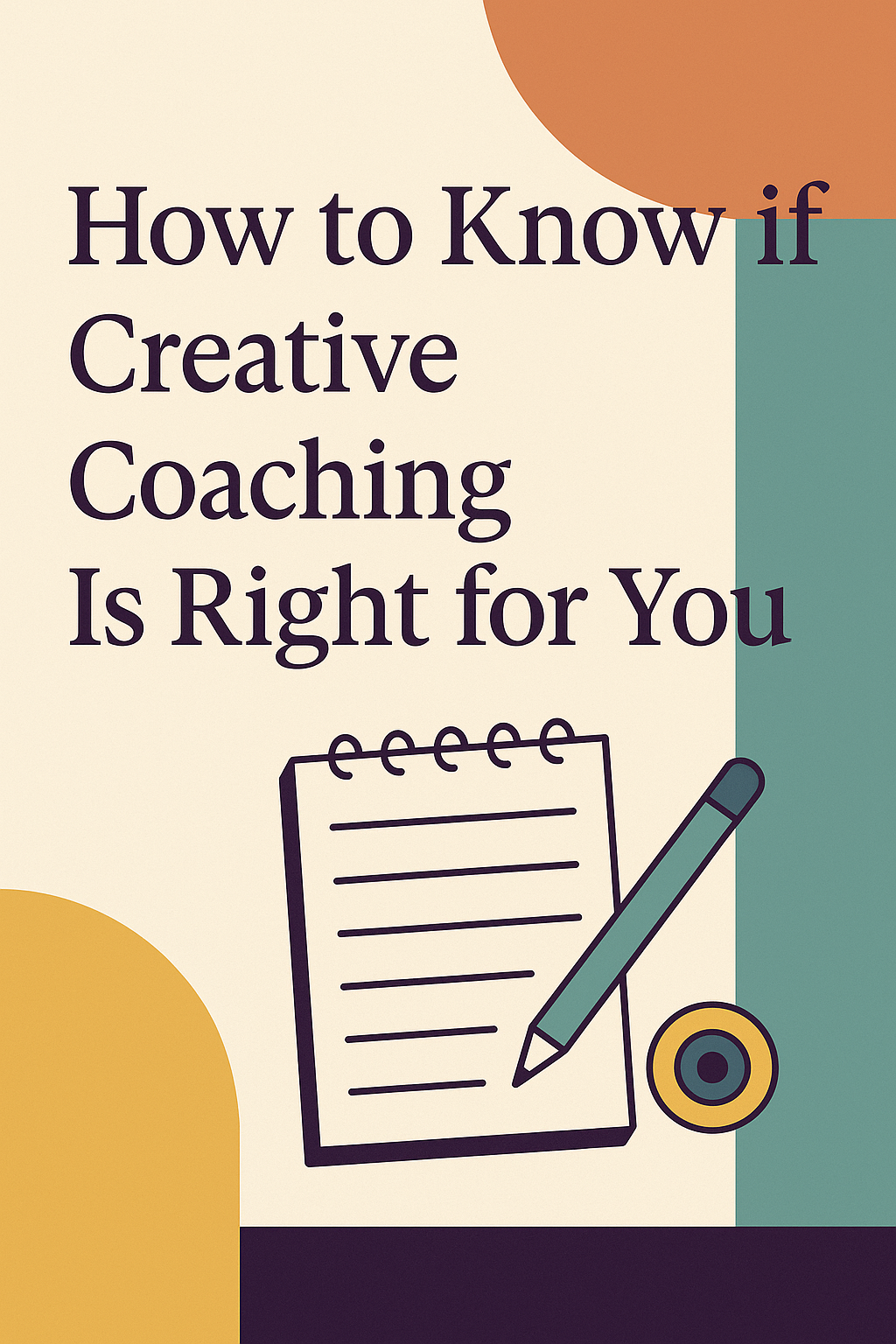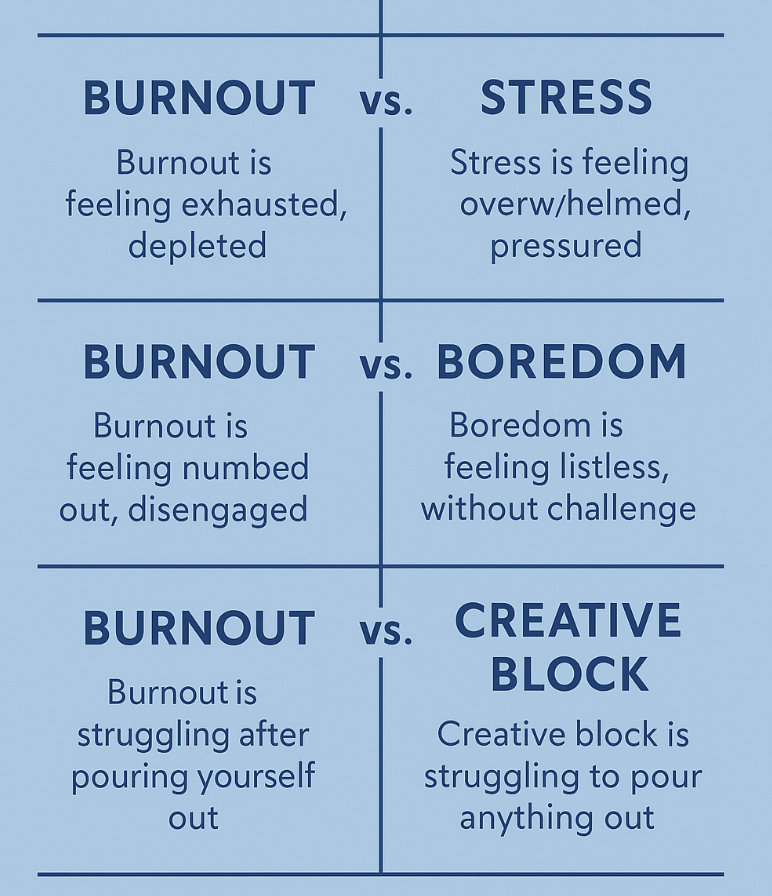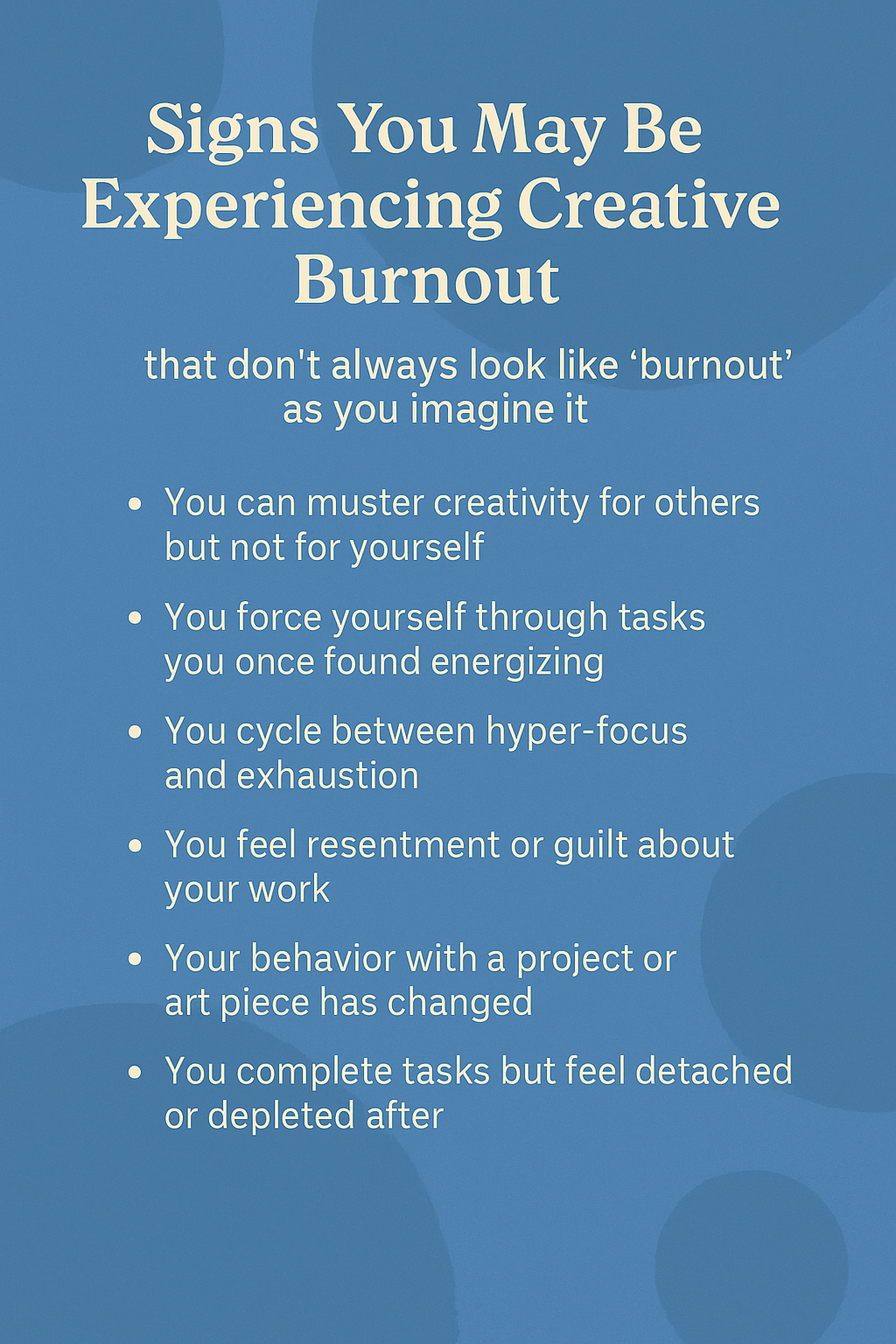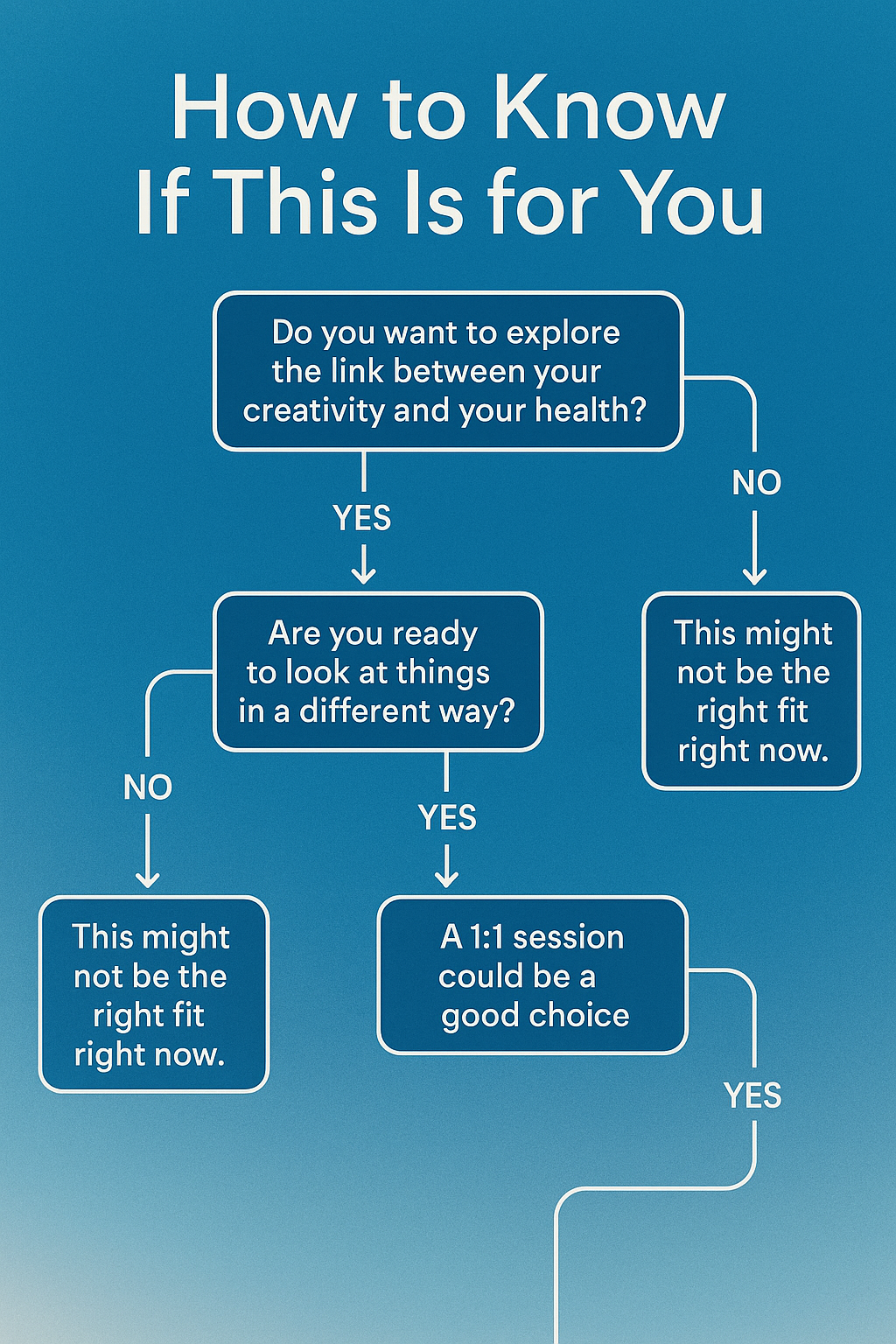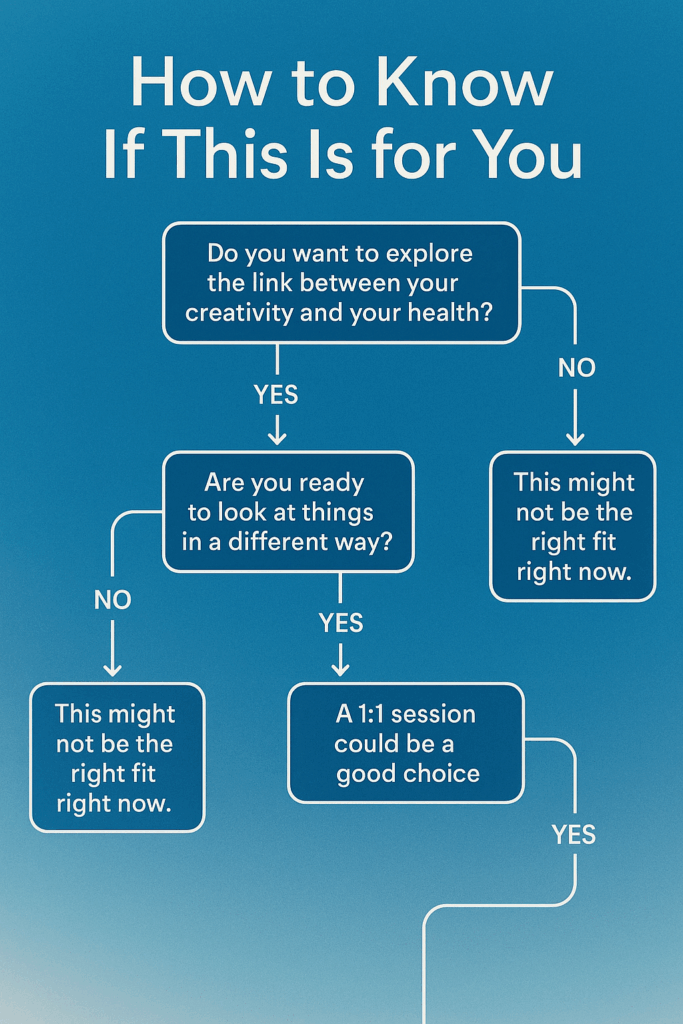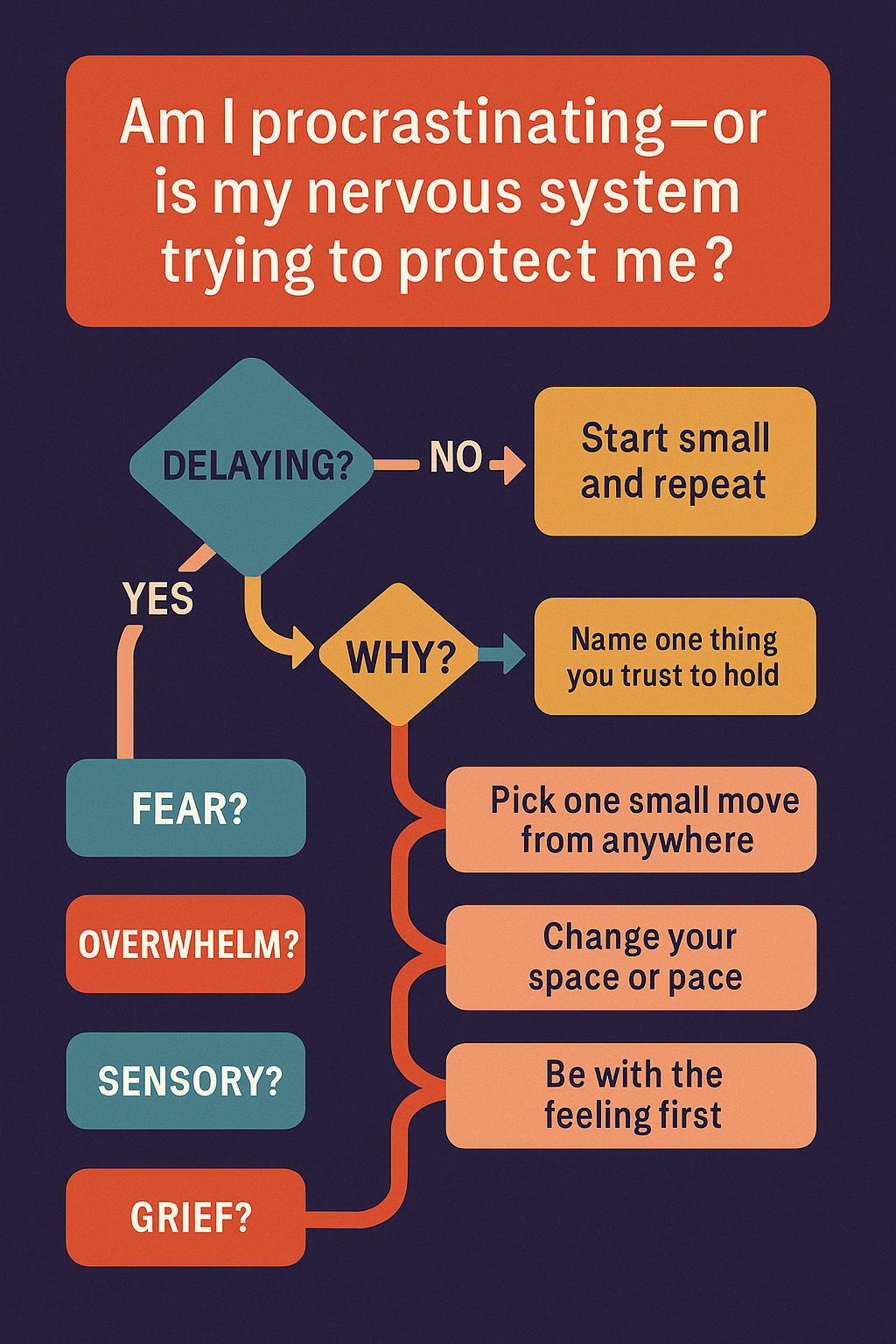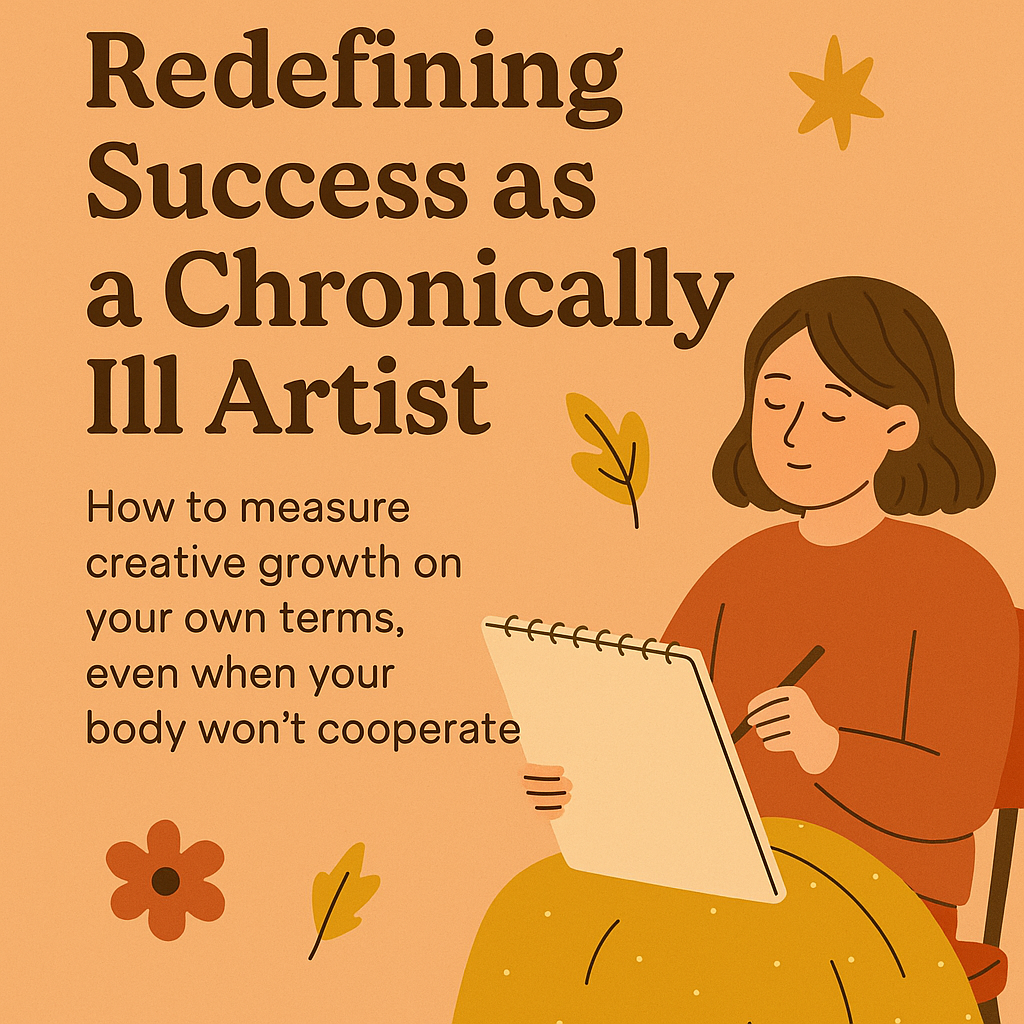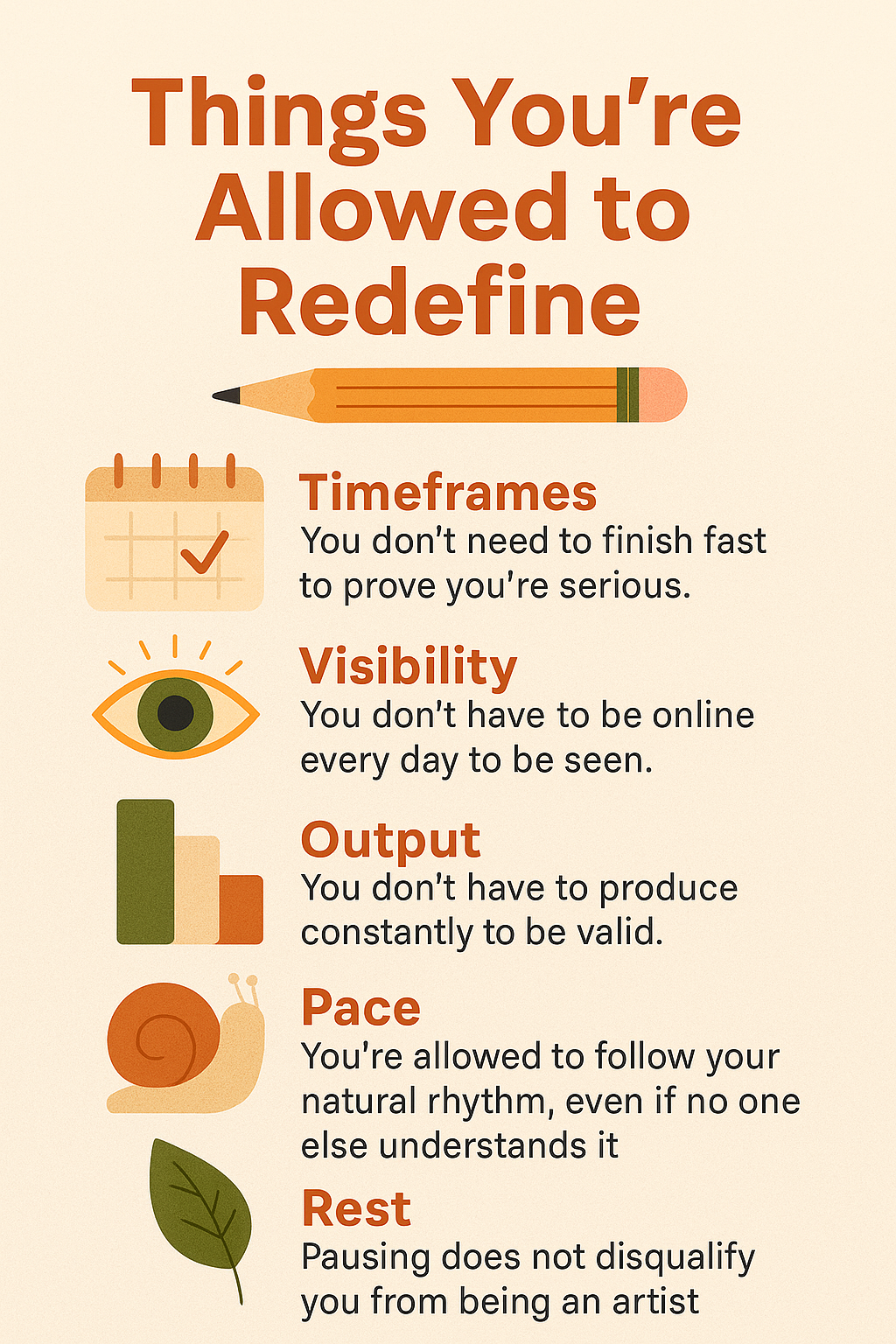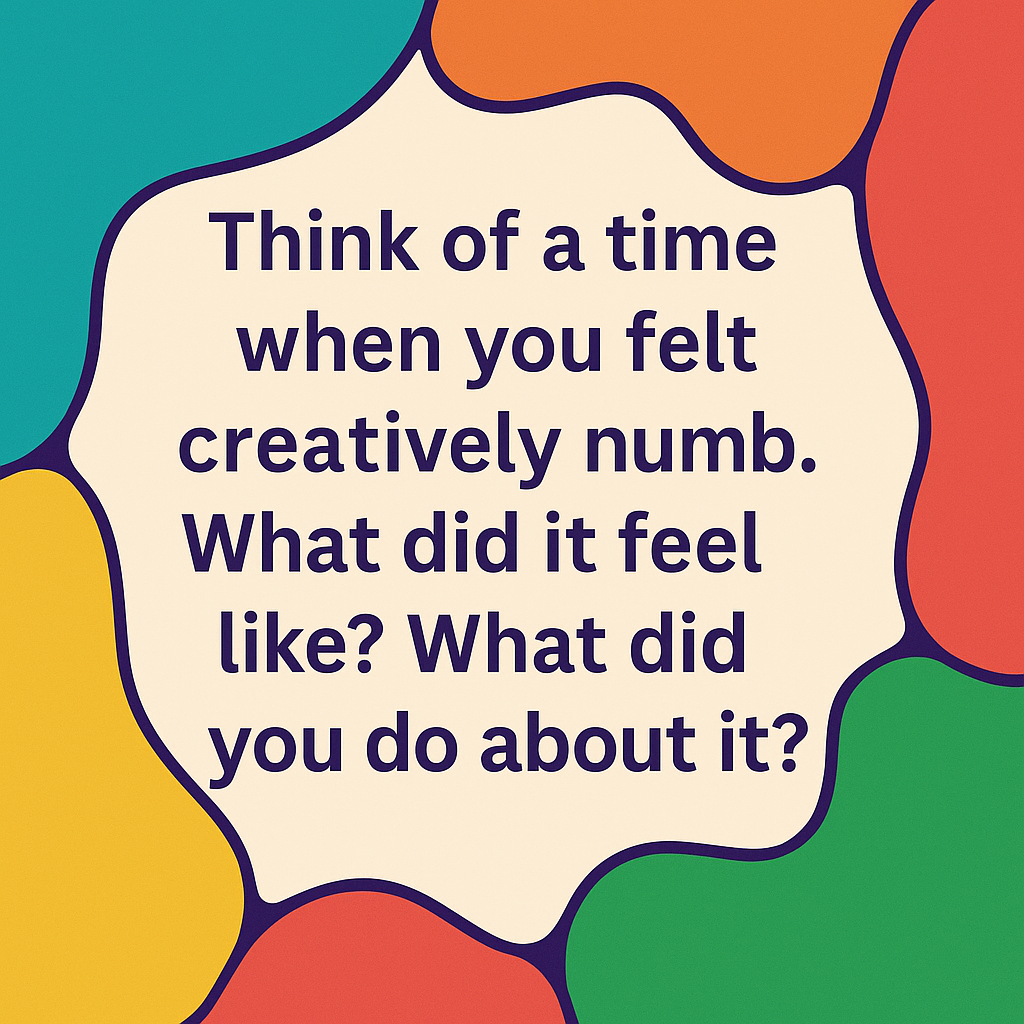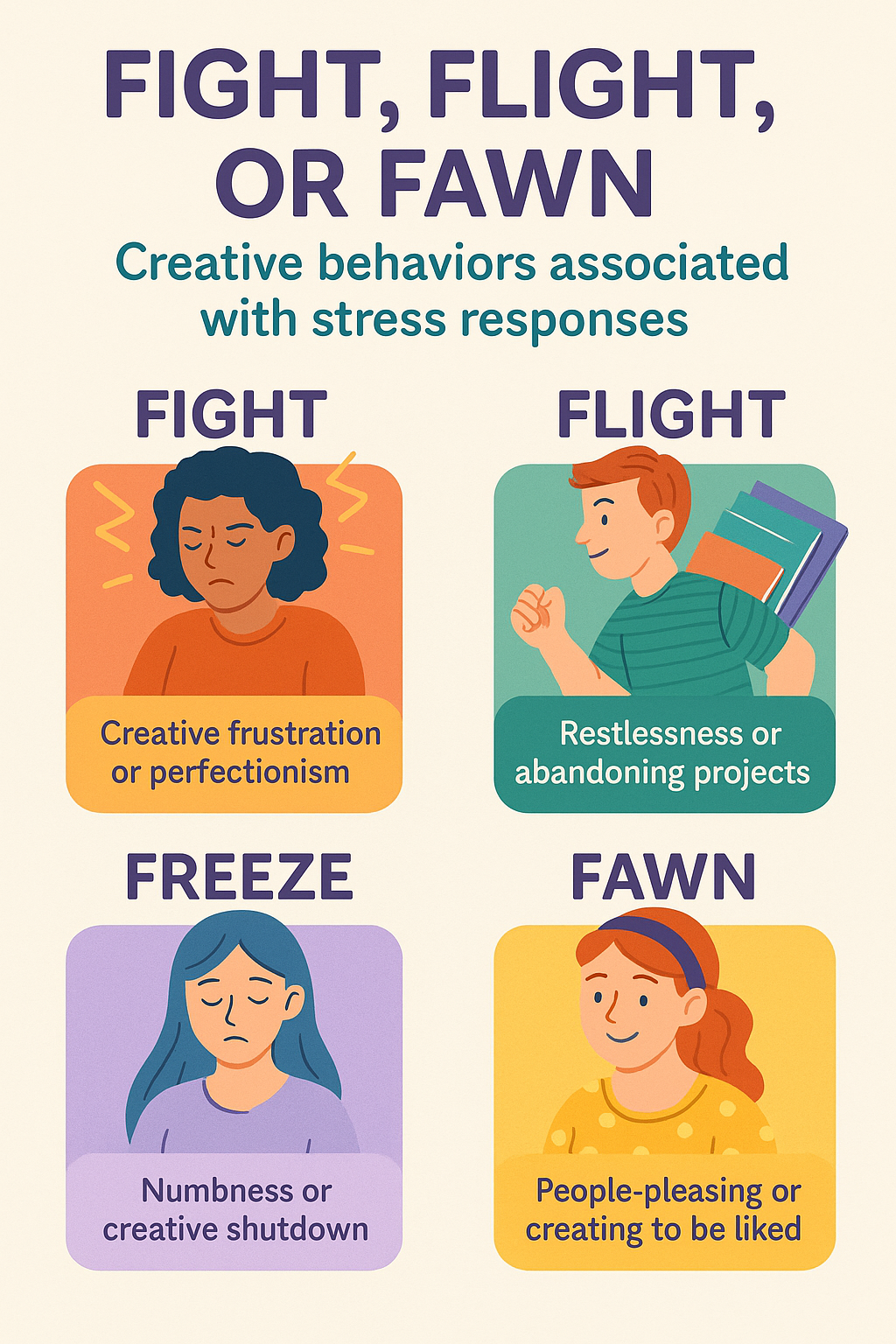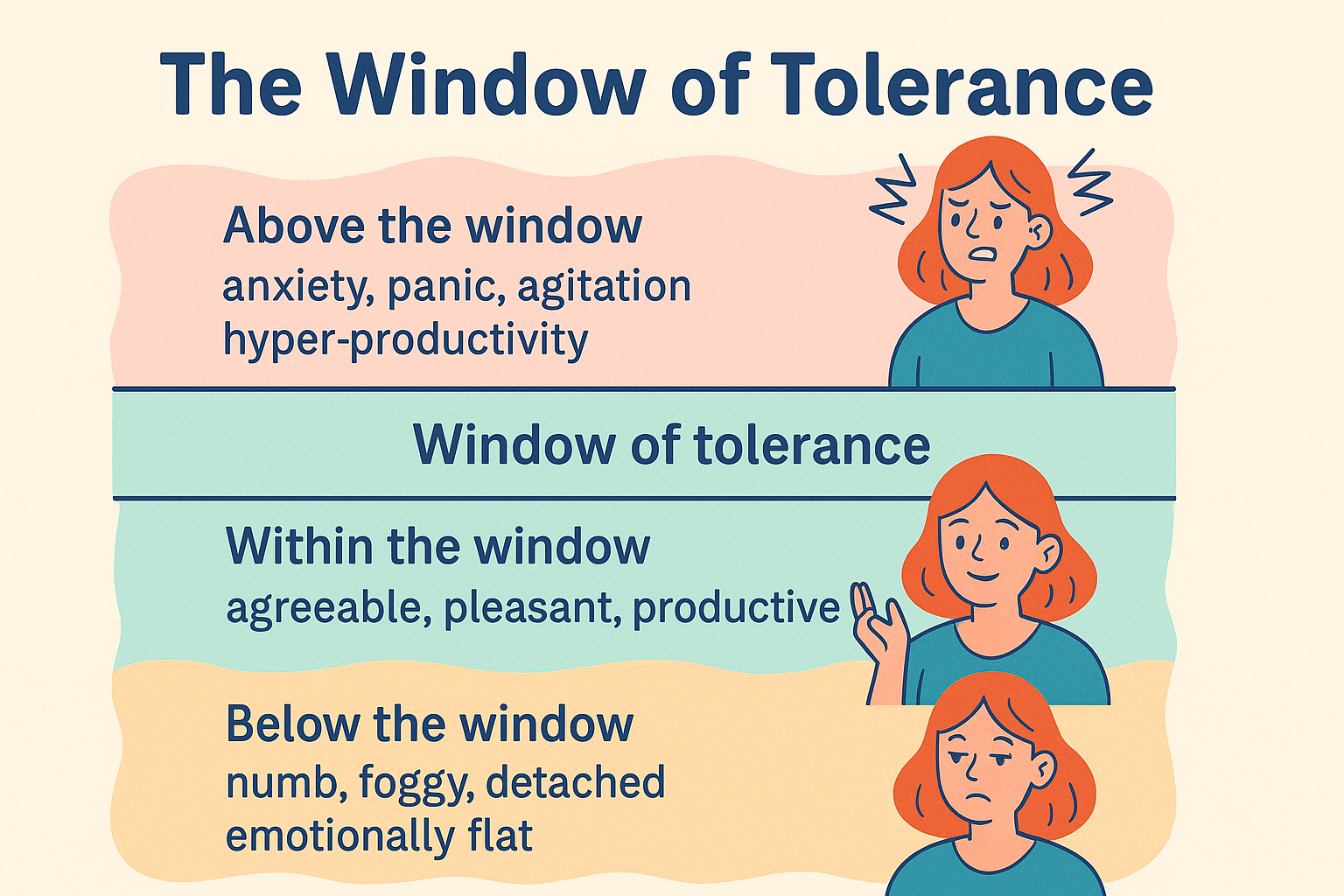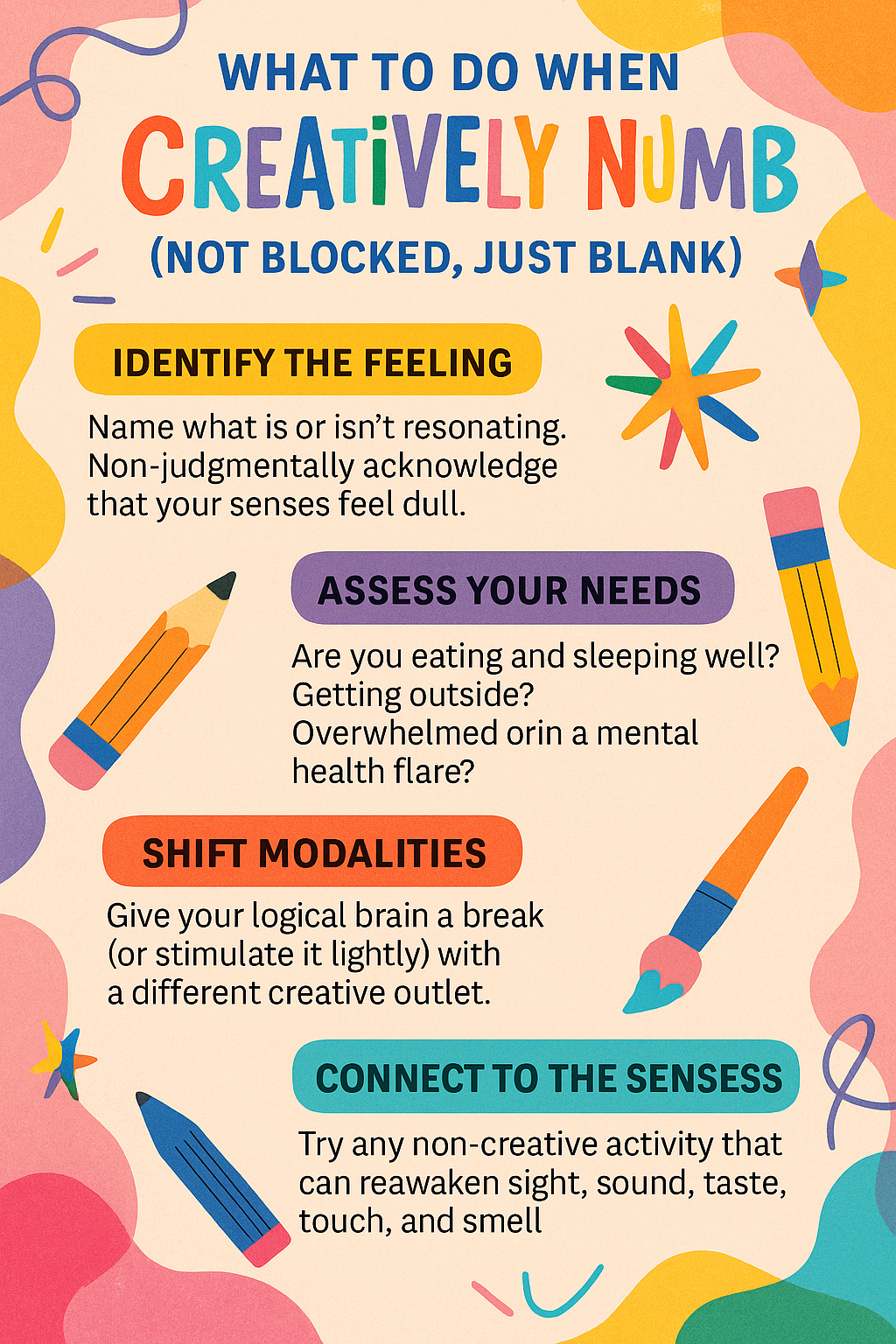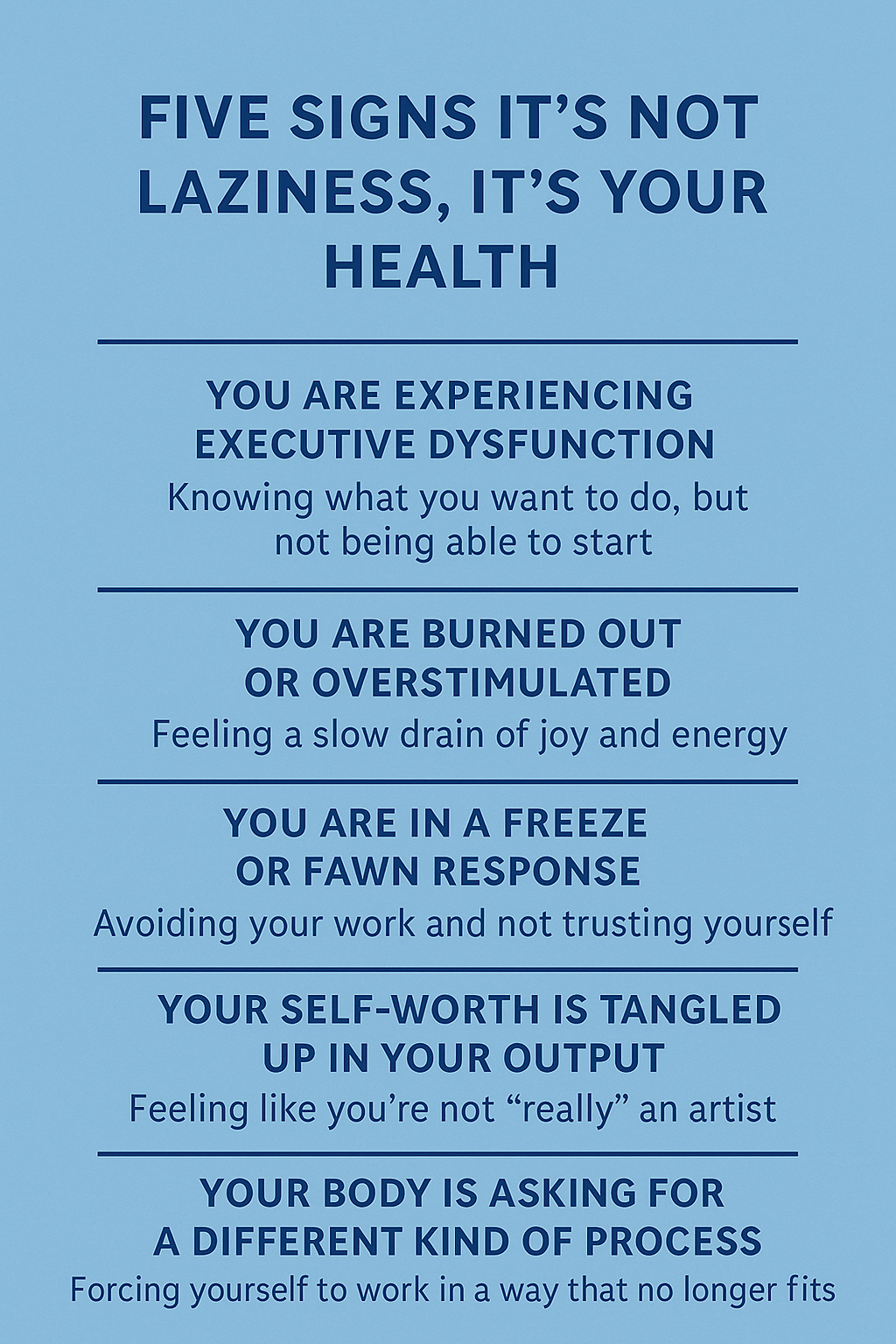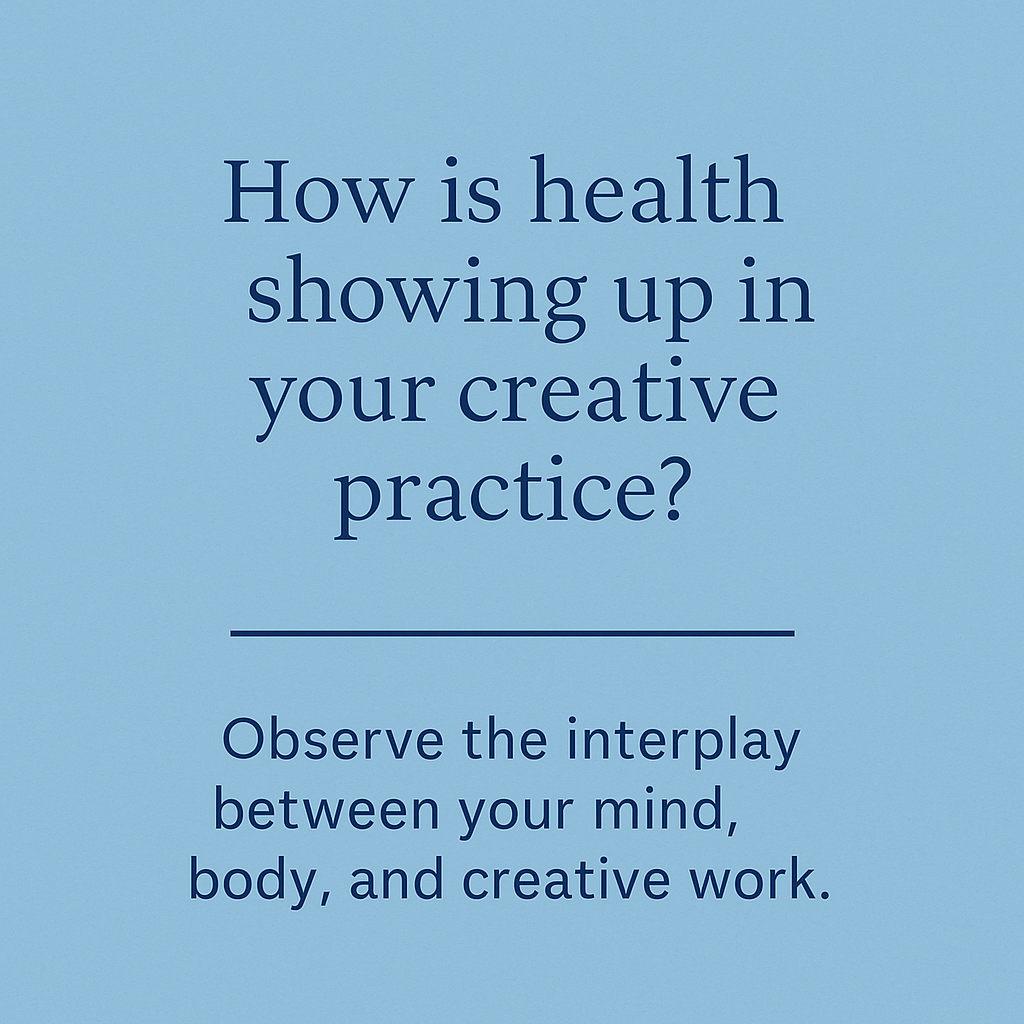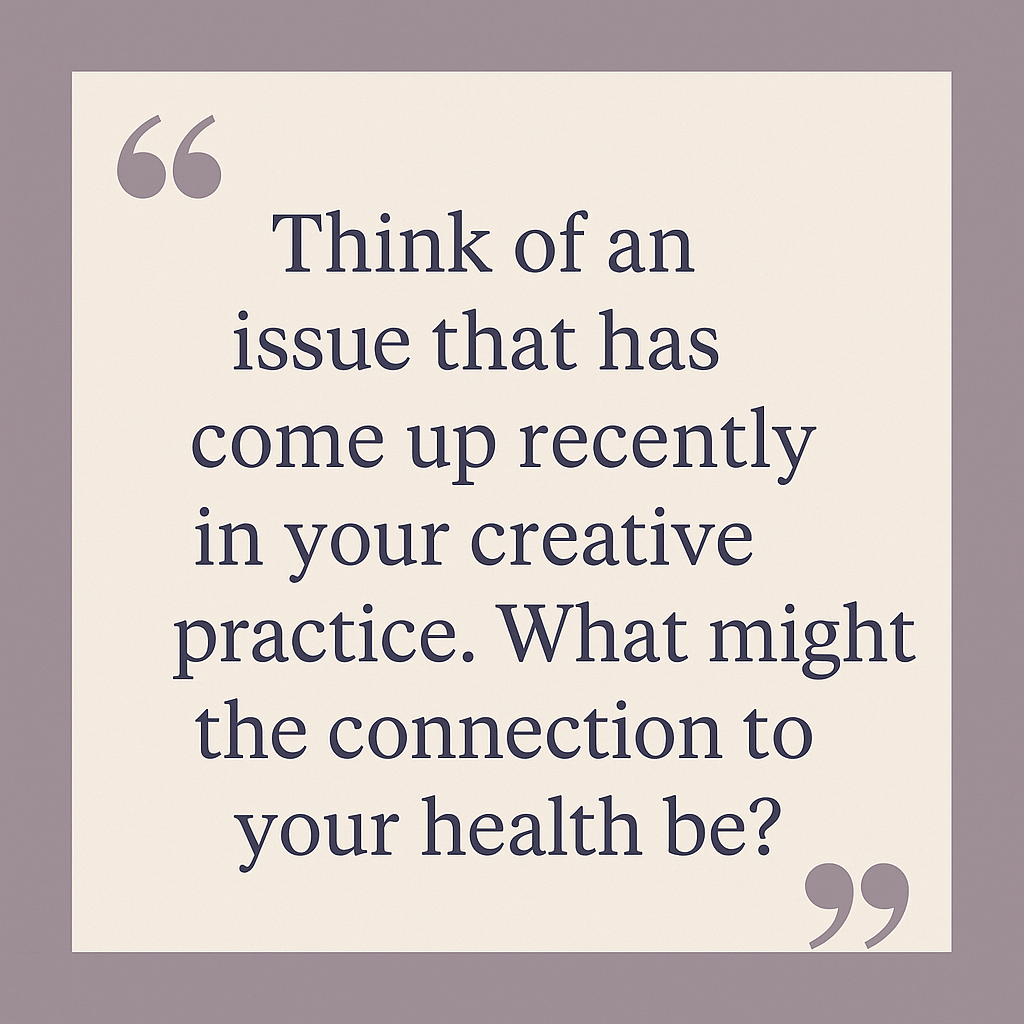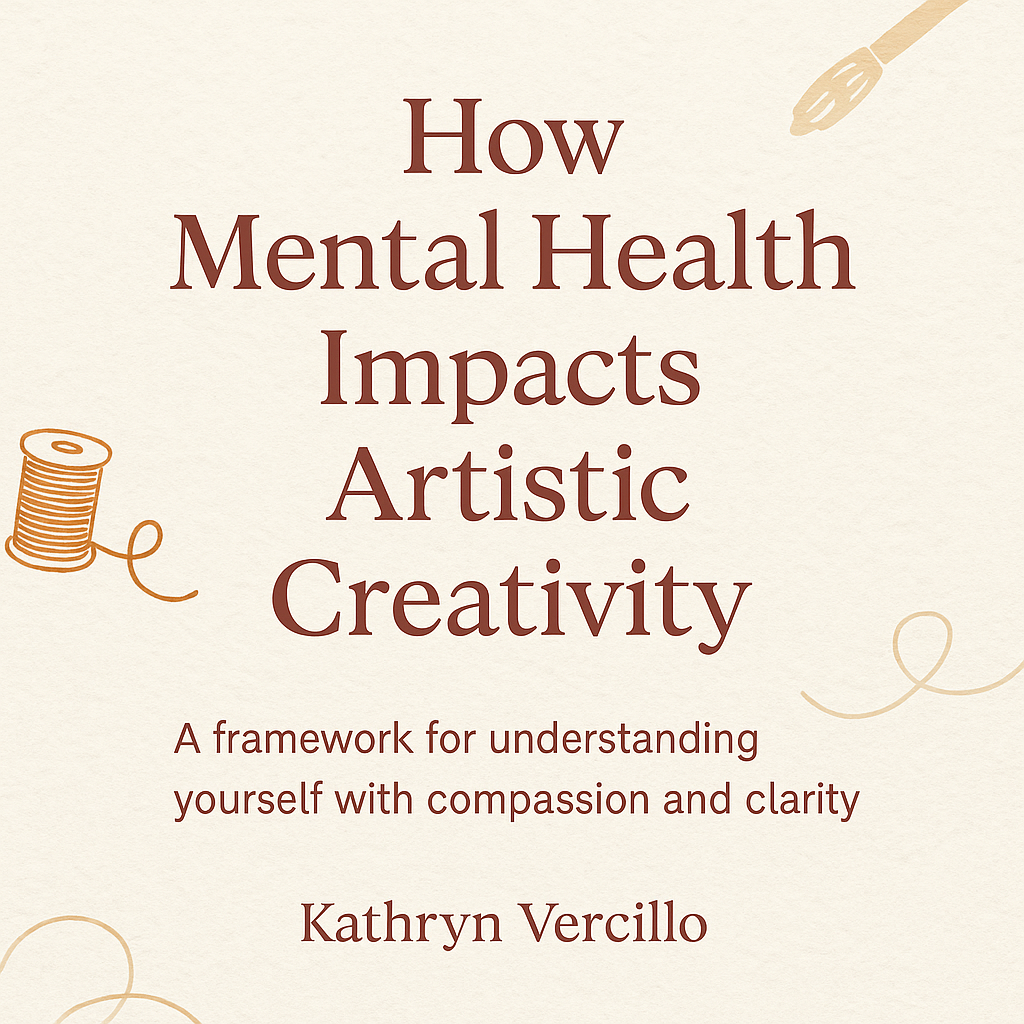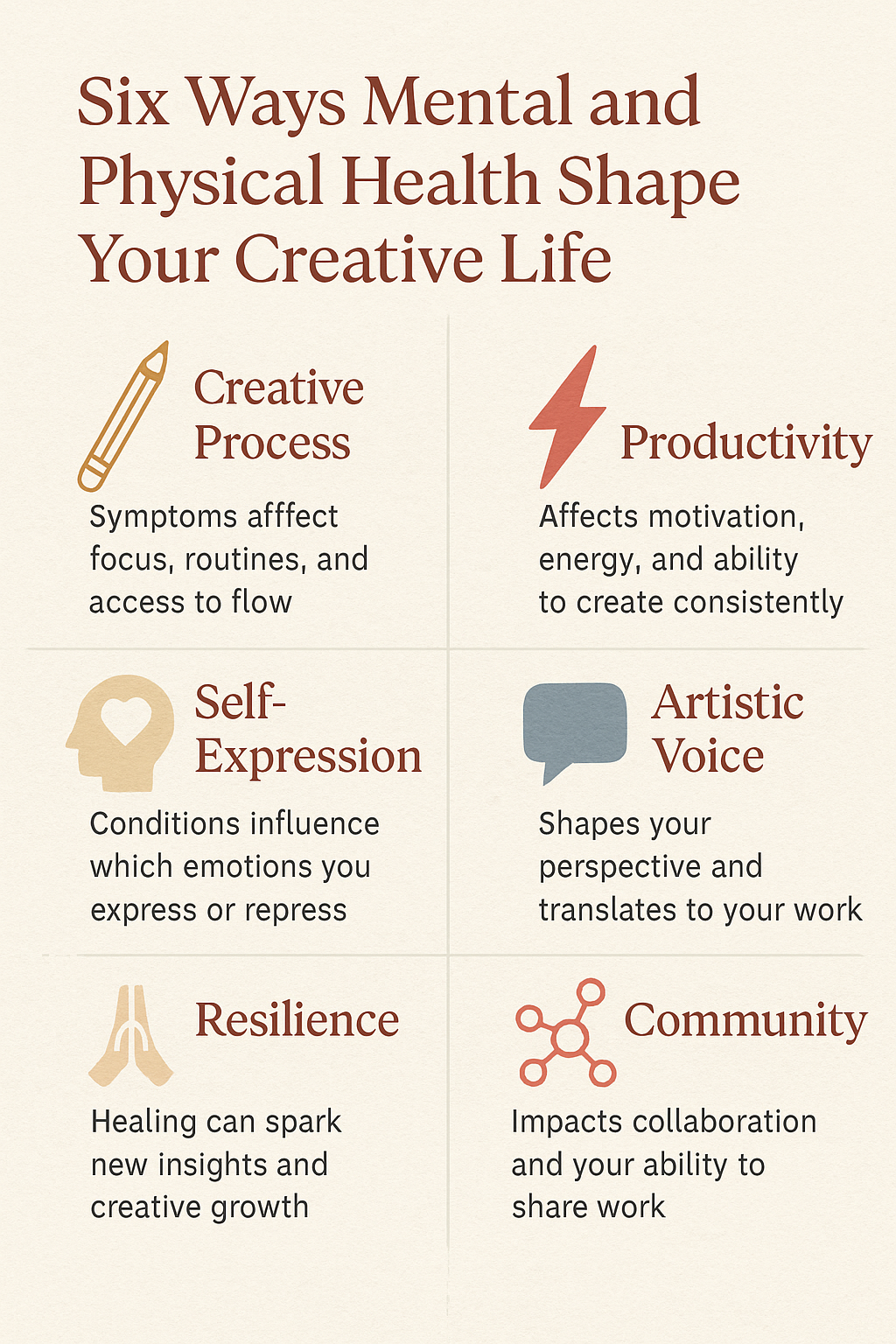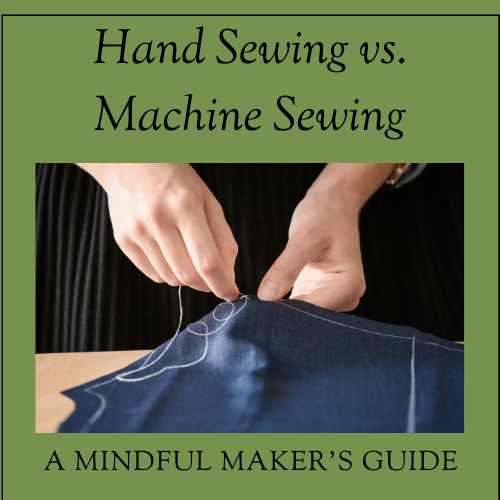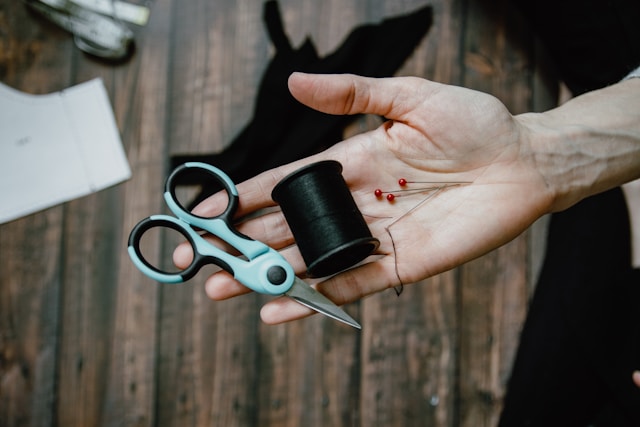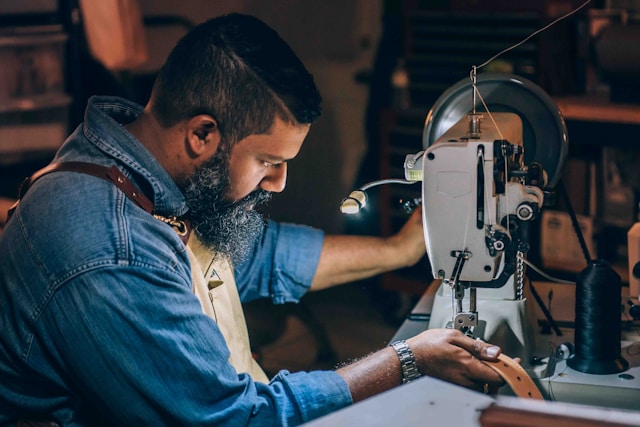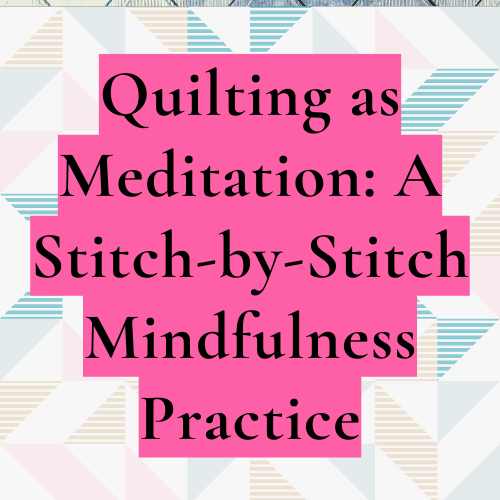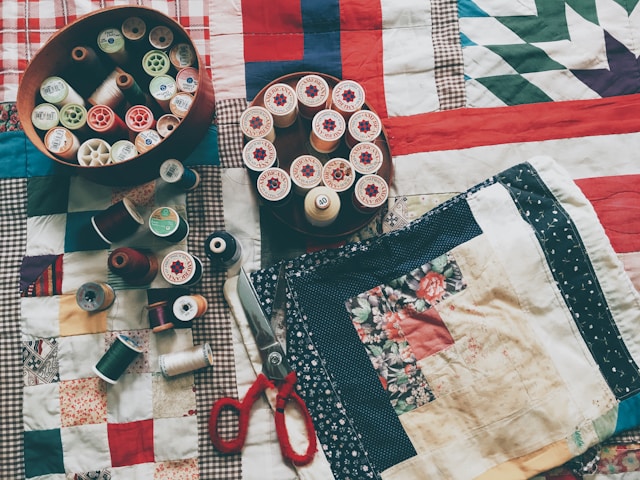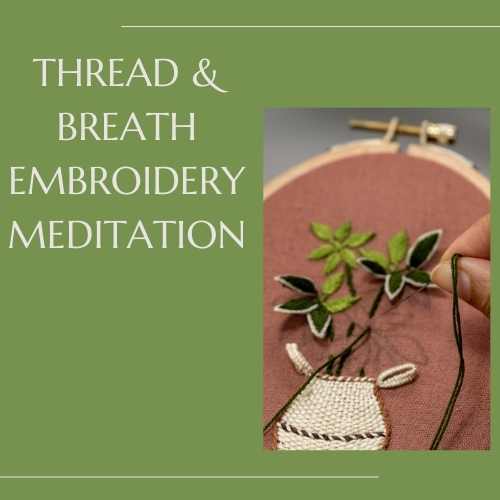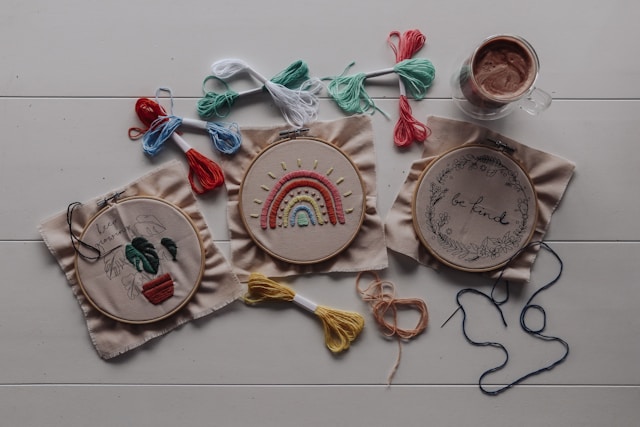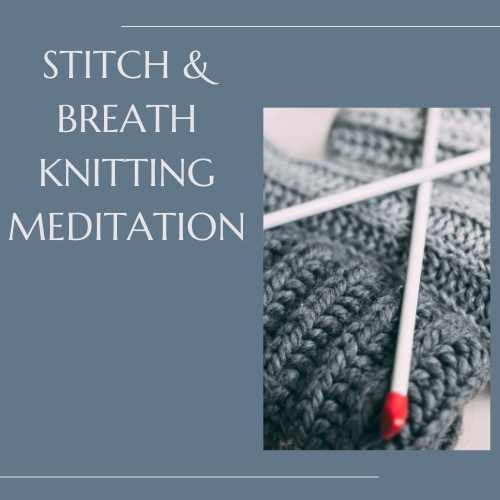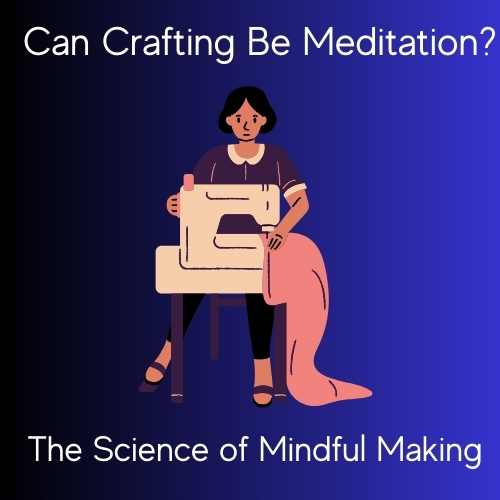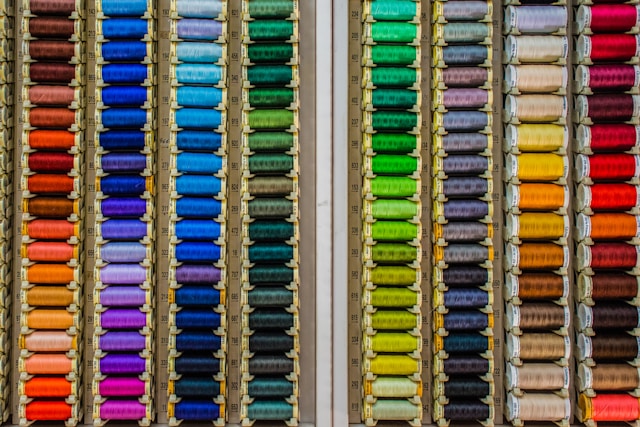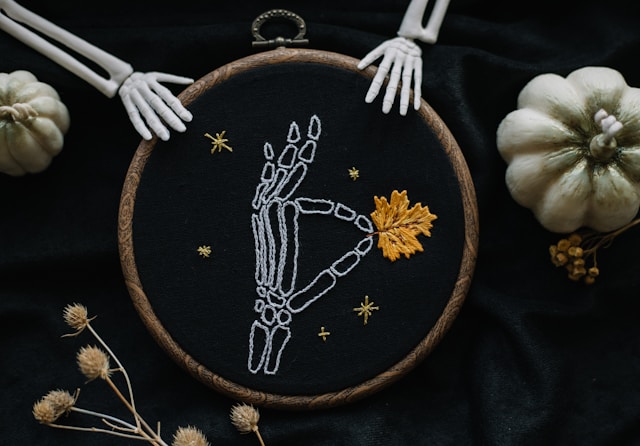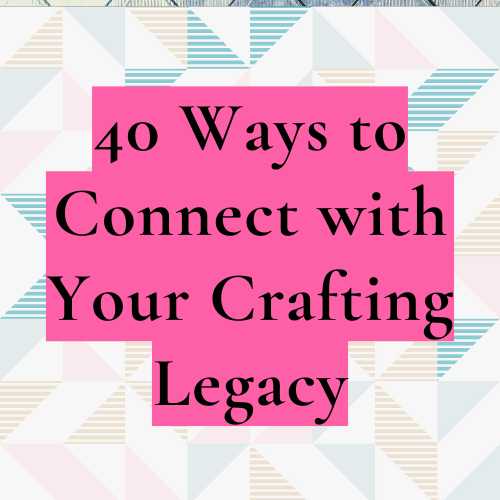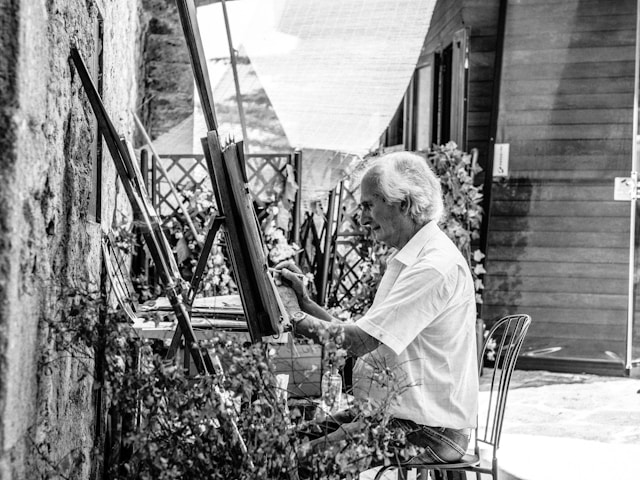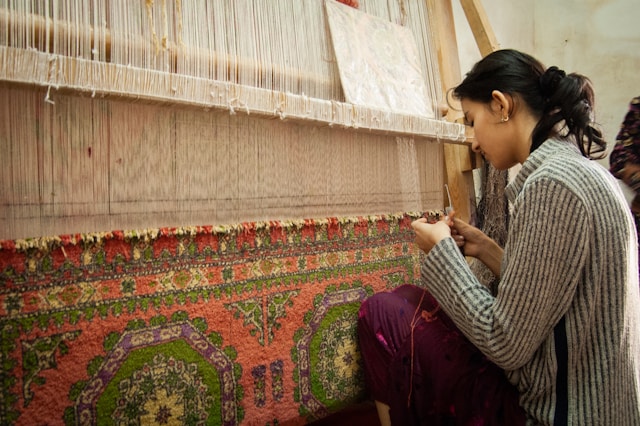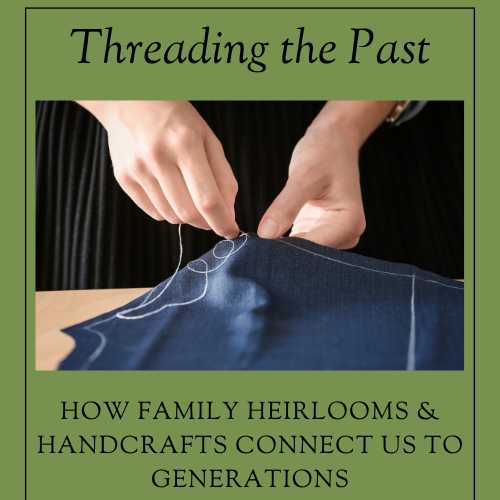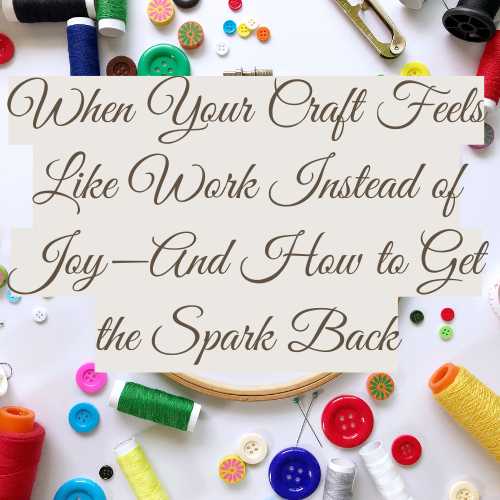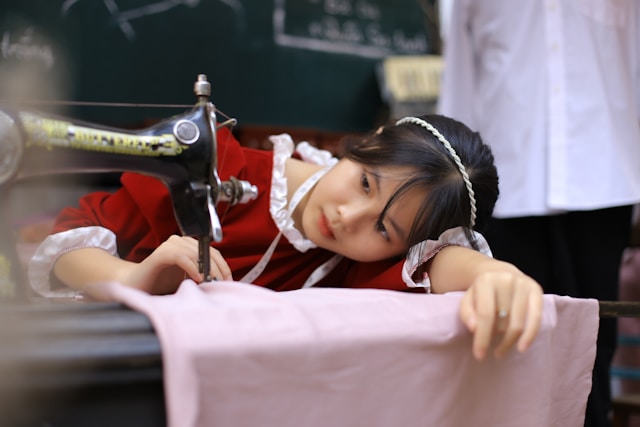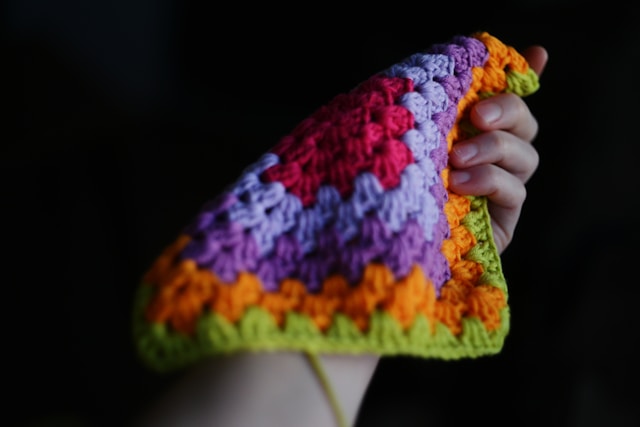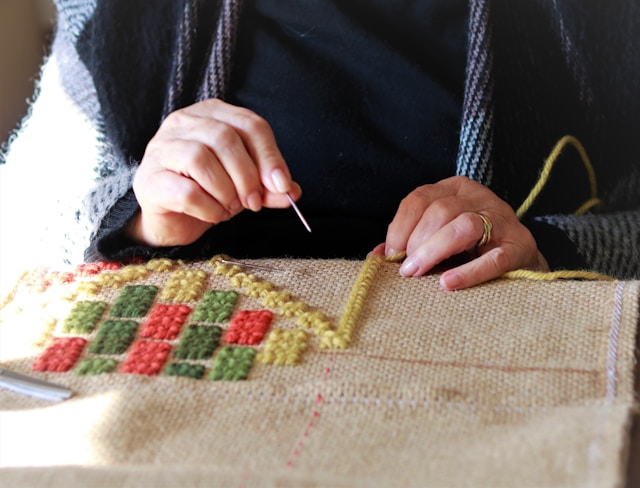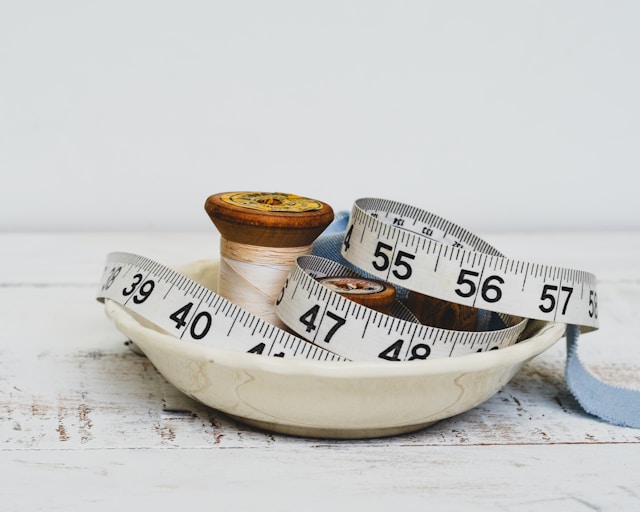What I Discovered After Talking to Hundreds of Creators About Health and Art: The Six-Part Framework That Changes How We Think About Creative Wellness
For three years, I’ve been having conversations.
With painters whose anxiety changes their color choices. With writers whose depression shifts the stories they feel compelled to tell. With musicians who can’t practice when their chronic pain flares. With photographers whose ADHD makes long projects impossible but creates magic in spontaneous moments.
I’ve talked to fiber artists whose perfectionism paralyzes them. To sculptors who use their art to process trauma. To dancers whose bodies and minds need different things on different days. To creators who’ve built businesses around their art and struggle with the emotional labor of selling something so personal.
And what I kept hearing, over and over, was this: No one talks about how our health (mental, physical, emotional) fundamentally shapes every aspect of our creative lives.
The Framework That Emerged
Through all these conversations, through my own lived experience, through three years of collecting stories and patterns, I discovered that our health impacts creativity in six interconnected ways:
1. Creative Process – How emotional regulation, energy levels, anxiety, perfectionism directly influence our flow and artistic choices
2. Creative Content – The way our inner landscape gets reflected in themes, imagery, the stories we’re drawn to tell
3. Creative Medium – How we choose tools and materials based on what our bodies and minds can handle, accessibility needs, sensory comfort
4. Creative Productivity – What “getting things done” actually looks like when you’re managing mental health, chronic conditions, neurodivergence
5. Creative Identity – How we see ourselves as artists, especially when health challenges shake our sense of capability
6. Creative Business – The unique struggles of monetizing art while managing stigma, energy limitations, the emotional complexity of selling your soul’s work
These aren’t separate issues. When your depression deepens, it doesn’t just affect your mood. It changes how you approach your easel, what subjects call to you, whether you can sit for long periods, how you talk about your work, whether you feel worthy of charging fairly.
Everything is connected. And I think it’s time we talked about it.
What I’m Launching: A 12-Month Deep Dive
I’m working on a book about this, about the complex relationship between our health and our creativity. It follows my last book, which explored the relationship between art and mental health through art history, but this one is different. This one is about us, right now, living these realities as creators.
And I’m going to use Substack to share chapters, insights, and supplemental materials along the way. Starting in June, we’ll dive deep into different aspects of this creative-health relationship over the course of a year. Not just theory, although some of that, but also practical, real-world stuff you can actually use.
Think weekly blog posts that get into the nitty-gritty. Zines and workbooks that help you figure out your own patterns. Audio practices for when you need support in the moment. Resources that actually make sense for creators dealing with real human challenges.
June: Where We Start
We’re kicking off with “The Art-Health Connection: Emotional Regulation & Creative Process.”
Over four weeks, we’ll dig into:
- How your emotional state literally shapes your artistic style and choices
- That perfectionism trap that turns creative joy into suffering (and how to escape it)
- Why we freeze instead of flow … and practical ways to move again
- Using emotions as raw material for art (without it destroying you)
- When art becomes your emotional regulator (and keeping that healthy)
Why This Matters to Me
I’ve lived with depression for most of my adult life. I’ve watched it change my writing, my crochet, my photography, my ability to show up as an artist in the world. I’ve also watched creativity save me, anchor me, help me process things I couldn’t handle any other way.
But mostly, I’ve felt like I was figuring this out alone. Like the relationship between my health and my creativity was this secret thing I had to navigate without a map.
I don’t want anyone else to feel that alone in it.
This work isn’t about “fixing” yourself so you can create better. It’s about understanding the gorgeous, complicated relationship between who you are—all of who you are—and how you make art. It’s about building practices that sustain you for the long haul, not just the next deadline.
This Is Just the Beginning
If you’ve ever wondered why your art changes when your mental health shifts…
If creative blocks seem mysteriously tied to your anxiety levels…
If you’ve felt like you have to choose between taking care of yourself and pursuing your creative dreams…
If productivity advice always seems to ignore the reality of being human…
Then maybe this year-long exploration is for you.
I’m not promising easy answers. I’m promising honest conversation, practical tools, and the kind of community where these questions actually get talked about.
I hope you’ll join me for this journey.
